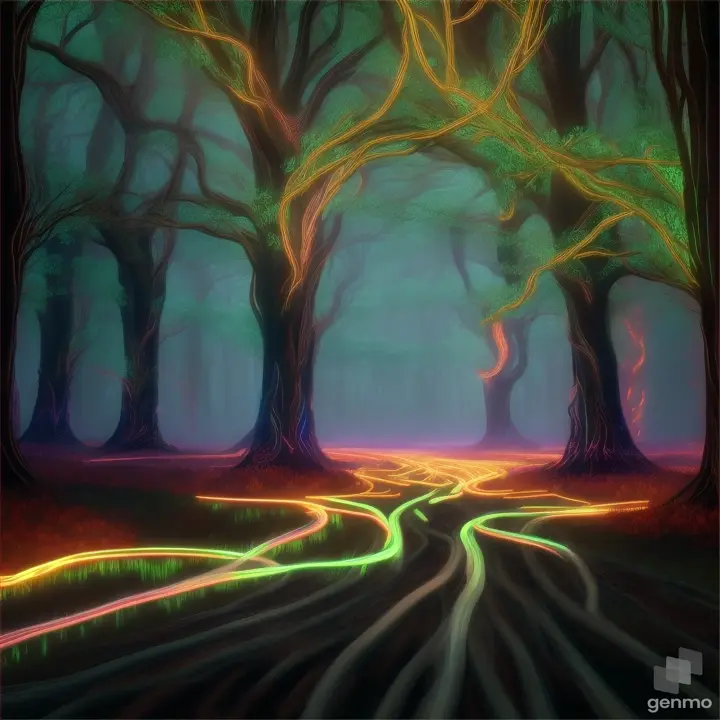DearGeyser31y ago
Loading...

Prompt
Through this "wood wide web," trees can support each other, share resources, and even send warnings about threats such as insect attacks or drought.
Seed1991505079
